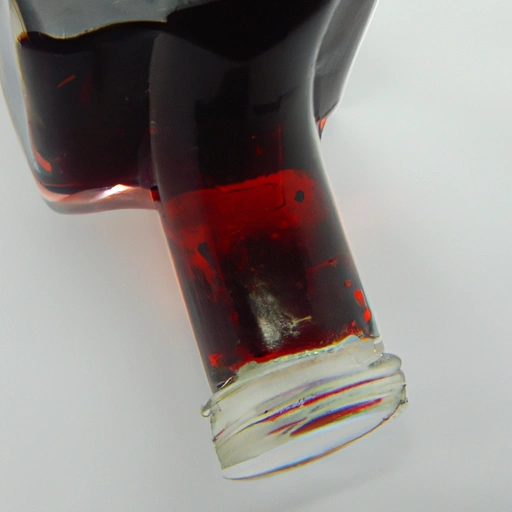Dubonnet
Description

Dubonnet is a wine-based aperitif that originated in France in the 19th century. It's a blend of fortified wine, herbs, and spices with a touch of quinine, which gives it a distinctive bitter edge. Its sweet, aromatic profile and deep ruby color make it a unique ingredient that offers complexity to various dishes and cocktails.
Common uses
Due to its deep flavor profile, Dubonnet is commonly used as an aperitif to stimulate the appetite before meals. It is also a component in a variety of cocktails such as the Dubonnet Cocktail, the Americano, and the Queen Elizabeth, where it complements the spirits with its herbal and fruity notes.
Nutritional value
Calories
Approximately 140 calories per 3.5 fl oz (104 mL) serving.
Protein
Contains negligible amounts of protein.
Fat
Contains virtually no fat.
Carbohydrates
Contains about 12-15 grams of carbohydrates per 3.5 fl oz (104 mL) serving, largely from sugars.
Vitamins
Contains minimal amounts of vitamins.
Minerals
Provides small amounts of minerals, primarily from the botanical ingredients used in its production.
Health benefits
While Dubonnet is consumed in moderation, it may aid in digestion due to the presence of herbs and spices. The quinine in Dubonnet was historically sought after for its antimalarial properties, but in the amounts present in the aperitif, these effects are not significant for health.
Potential risks
Like all alcoholic beverages, overconsumption of Dubonnet can lead to negative health effects, including increased risk of chronic diseases. It should be enjoyed responsibly, particularly by those who are pregnant or have health conditions that are exacerbated by alcohol.
Common recipes
Dubonnet can be included in recipes for glazes, reductions, and marinades, enhancing meats like duck and pork. It's also used in desserts, such as poached fruits and chocolate truffles.
Cooking methods
It can be reduced over low heat to concentrate its flavor or added to sauces and batters. When cooking with Dubonnet, it's best to add it early in the cooking process to allow the alcohol to cook off.
Pairing with other ingredients
Dubonnet pairs well with citrus flavors in cocktails and complements rich, savory dishes. It also harmonizes with sweet desserts and can balance the bitterness of dark chocolate.
Summary
Dubonnet is a sophisticated addition to both the bar and kitchen, providing a historical and flavorful touch to recipes and drinks. While its nutritional value is minimal, its aromatic qualities can elevate a simple dish or drink to something truly exceptional. Enjoyed in moderation, it can be a delightful component of a refined culinary experience.